TikTok Shop Launches in Japan Following its Expansion Strategy
TikTok officially launched TikTok Shop in Japan on June 30, rolling out its in-app eCommerce experience to
Dreaming of turning your craftsmanship into a thriving business? Look no further! Amazon Handmade offers a unique opportunity for artists and crafters like you to sell handmade items on Amazon and connect with a massive audience of potential customers. This marketplace isn’t just about selling products, it’s about sharing your story and the heart behind your craft.
This blog will be your guide to navigating the exciting world of Amazon Handmade. We’ll cover everything from setting up your Amazon Handmade account to the nitty-gritty of how to sell handmade items on Amazon. We’ll explore the pros and cons of Amazon Handmade compared to Etsy, and what products to sell on Amazon Handmade.
Let’s discuss each topic in detail so you can decide if Amazon Handmade is the right fit for you.
Amazon, known for being customer-centric, also supports its sellers, irrespective of their business type. Amazon Handmade is an artisan-only seller community that is a destination for all types of handcrafted products to experience uniformity in retail and growth within all online business stores.
Moreover, unlike regular Amazon sellers, if you are an artisan, you do not have to consider UPC codes while selling under the handmade category. Handmade crafters who start their online selling journey with Amazon, are exempted from a monthly fee as well. That means Amazon waives the Professional Selling Plan fee of $39.99 per month for all Handmade-approved applicants (a savings of $480 per year!). It also has a set of policies mandatory for all artisans to follow.
NOTE: To take advantage of Amazon Handmade’s benefits, you’ll need to first create an approved Amazon Seller Central account. This will then allow you to apply to join the Handmade program.
Have you signed up and are ready to showcase your talent? Head over to the “Are you a maker?” section on the Amazon Handmade page. There, you’ll provide details about your business, product categories, and production process, and upload product visuals. The application review by Amazon typically takes 2 or more business days.
Once your application is approved, congratulations! You’re officially a Handmade seller, with an Amazon Handmade Account. If you’re still wondering, how to sell handmade items on Amazon, then the seller portal will guide you through creating your store and listing your products. In case you are seeking a third-party solution, consider CedCommerce Amazon Channel to effortlessly list products in bulk, optimize your listings, and much more!
Stand out from the crowd: Remember, Amazon Handmade is a competitive marketplace. To maximize your chances of being discovered, optimize your listings with effective SEO (Search Engine Optimization).
This means incorporating relevant keywords throughout your product descriptions, tags, and even meta details. Consider researching popular keywords related to your products to attract potential customers as a part of your “how to sell on Amazon Handmade” strategy.
Before you start selling, it’s important to consider your fulfillment plan, which is how you’ll get your products to customers. Amazon Handmade offers two main options:
After considering some crucial factors like accurate calculation of production time, goods’ weights, and categories, with total variables calculated to know the shipping charges. Once done, you can easily start with Amazon Handmade and start selling online!
As of now, Amazon Handmade only allows these 14 product categories to be sold online:
With a creative product idea and an Amazon Handmade account set up, the next question is: What items to sell on Amazon Handmade? While the possibilities are vast, here are some insights to help you pick winning products:
Play to your strengths: What are you passionate about creating? Focus on products where your unique skills truly shine.
Identify your niche: Is there a specific need or trend within your craft that you can cater to? Finding a niche allows you to stand out from the crowd.
Research trending products: Look for keywords related to your craft and see what’s popular on Amazon Handmade and other online marketplaces.
Think seasonally: Certain products do well during specific times of the year. For example, personalized keychains might be a hit around the holidays, while hand-painted beach towels could be perfect summer items.
Focus on high-quality, durable materials: Handmade products are valued for their craftsmanship. Use high-quality materials that ensure your creations last and leave a positive impression on buyers.
Here are some specific product ideas to spark your creativity:
This is just a starting point in your journey of selling on Amazon handmade! Moving forward, the key is to find products that combine your passion and skills with current market trends. By focusing on quality, creativity, and a unique selling point, you’ll be well on your way to success on Amazon Handmade.
Every business thrives by finding its niche and understanding its audience. The same applies to choosing the right marketplace for selling your handmade products. If you are contemplating selling handmade items on Amazon or Etsy, here’s a breakdown of their pros and cons to help you make an informed decision:
Pros:
Cons:
Pros:
Cons:
Sell on Amazon Handmade or Etsy?
The Verdict: The best platform for you depends on your specific goals and products.
Here’s where things get interesting as you don’t have to limit yourself to just one marketplace! Consider leveraging the strengths of both marketplaces with an Amazon Handmade Seller app. This is where third-party solutions like CedCommerce Integration come in. Such apps simplify the process of managing listings and inventory across multiple platforms.
You can leverage Etsy’s wider audience reach and broader product categories to get discovered, while using Amazon Handmade to capture Amazon’s loyal customer base with an Amazon handmade seller app like CedCommerce.
Furthermore, building a successful online presence often involves a multi-pronged approach.
However, keep this in mind:
While Amazon Handmade offers free listings and never-expiring listings, it’s important to factor in their higher commission fees per sale. Etsy’s listing fees might seem like an upfront cost, but for high-volume sellers, they could be less expensive than Amazon Handmade’s commission structure in the long run.
Ultimately, the best way to decide is to experiment and see which platform drives more sales and aligns better with your overall business strategy.
Although your Amazon Handmade Account offers a fantastic platform for selling your creations, managing inventory and listings across multiple channels like Shopify can be tricky. Here are some common challenges you might face:

Luckily, the good news is, you don’t have to become a juggling expert! Third-party integration apps like Amazon by CedCommerce can simplify your life by:
Additionally, if you have further questions on Amazon Handmade or selling on Amazon, drop a comment below and we’ll get back to you, right away!
Check these Shopify sellers who could focus more on making their products, aided by CedCommerce’s well-known support system:
Discover how an Arts business fostered better Amazon retail strategies from Shopify, via CedCommerce
Helping businesses like Artiphany, win online: Amazon by CedCommerce app
How JoePaul’s Crafts grew sales on Amazon, eBay and Etsy, with CedCommerce
Click on these links to learn more about selling online on Amazon:
Scaling eCommerce: CedCommerce Launches Amazon Integration for Shopify Merchants
Guide to Shopify’s Amazon Sales Channel app by CedCommerce
Amazon By CedCommerce App Gets Featured As Shopify Spotlight
Efficient Native Shopify App Alternative: Amazon by CedCommerce

TikTok officially launched TikTok Shop in Japan on June 30, rolling out its in-app eCommerce experience to

The TikTok Takeover: From Lip Syncs to Checkout Clicks A few years ago, TikTok was

About the Client Shop Name: CrystalHealStore Marketplace: Etsy Focus: Bohemian & Ayurvedic-Inspired Fashion Location: Global
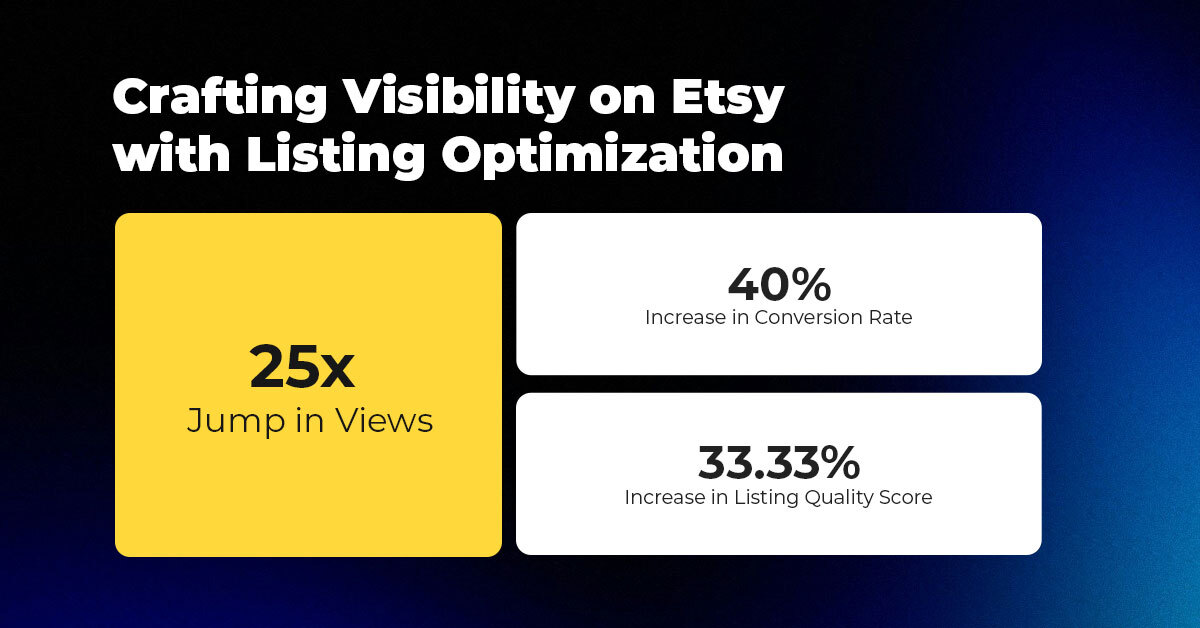
About the Client Shop Name: PinwheelCraftsStore Marketplace: Etsy Focus: DIY Craft Kits for Kids Location:

It just took one Black Friday crash for Gymshark to realize their growth had outpaced
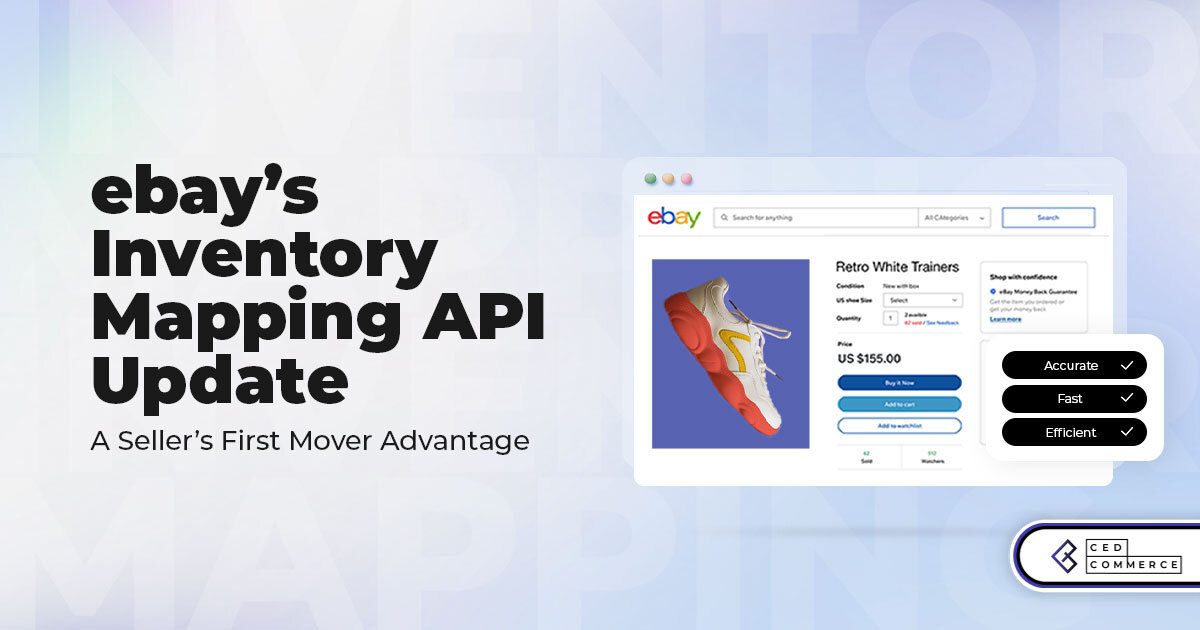
It takes on average 5 to 10 minutes to list a single product on the
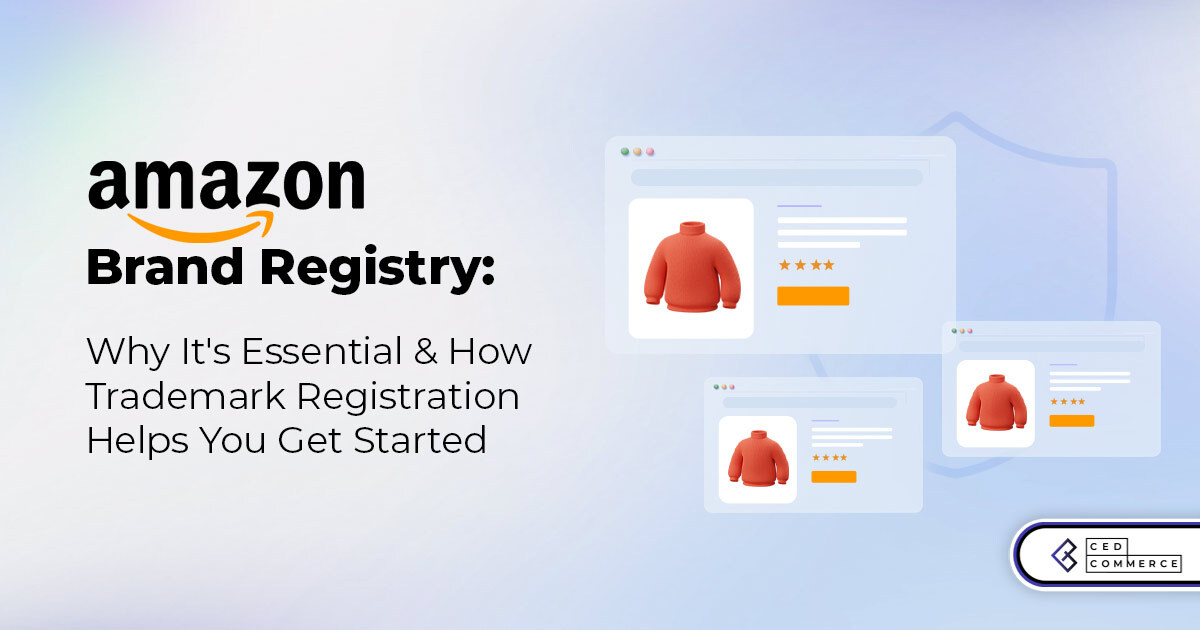
With millions of sellers on Amazon, protecting your brand has never been more important. Counterfeit

TikTok isn’t just setting trends anymore — it’s rewriting the playbook for performance marketing, creative

In a significant development for online retailers, Walmart has officially updated its policies to permit
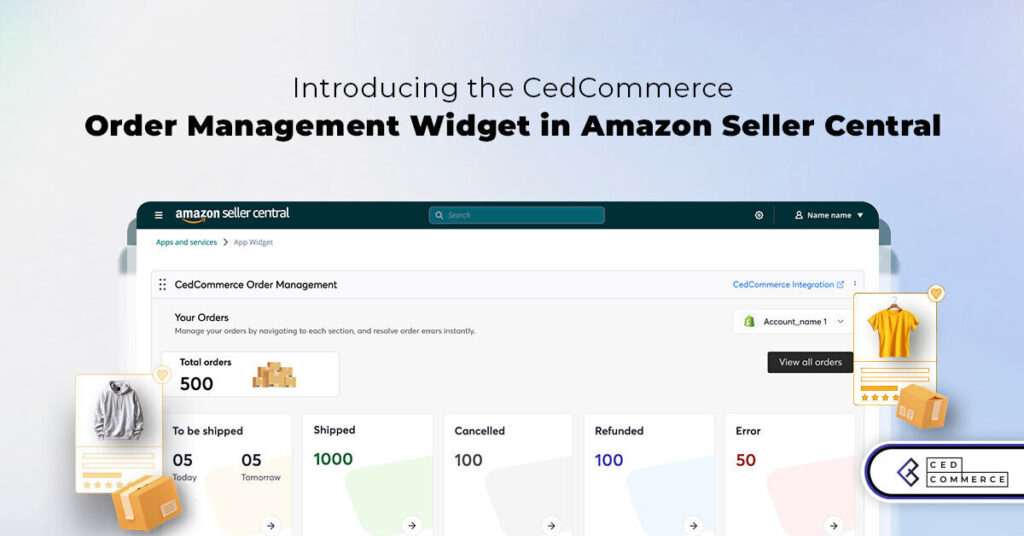
Are you encountering issues with Amazon order management across various sales channels? If so, everyday
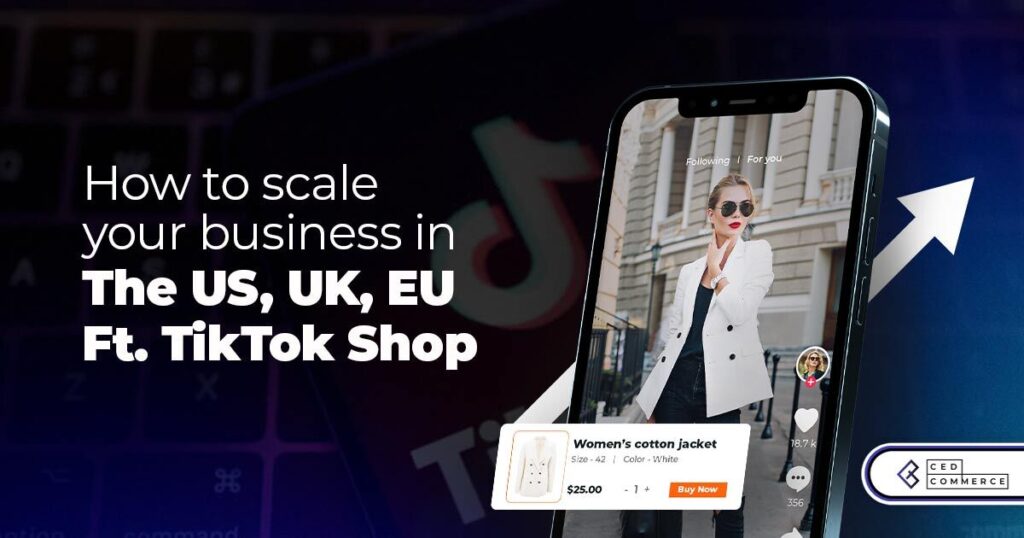
A Deep Dive into Selling Smart on TikTok Shop UK, TikTok Shop US, and TikTok

In a world where cross-border commerce fuels eCommerce growth, tariffs are no longer just policy
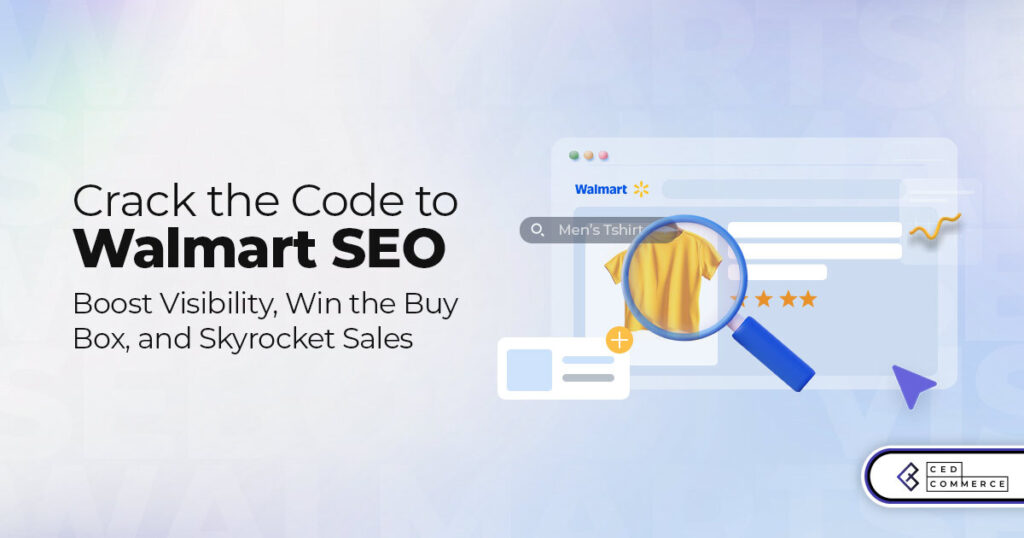
In the world of eCommerce, visibility is everything—and Walmart Marketplace is no exception. With thousands

In what comes as a major relief for TikTok and its millions of users in

In a move aimed at enhancing product quality and boosting buyer confidence, TikTok Shop has

Selling on Amazon offers immense opportunities, but one of the most crucial decisions sellers face

Amazon is doubling down on AI-driven selling tools, introducing a new AI-generated product enrichment pilot
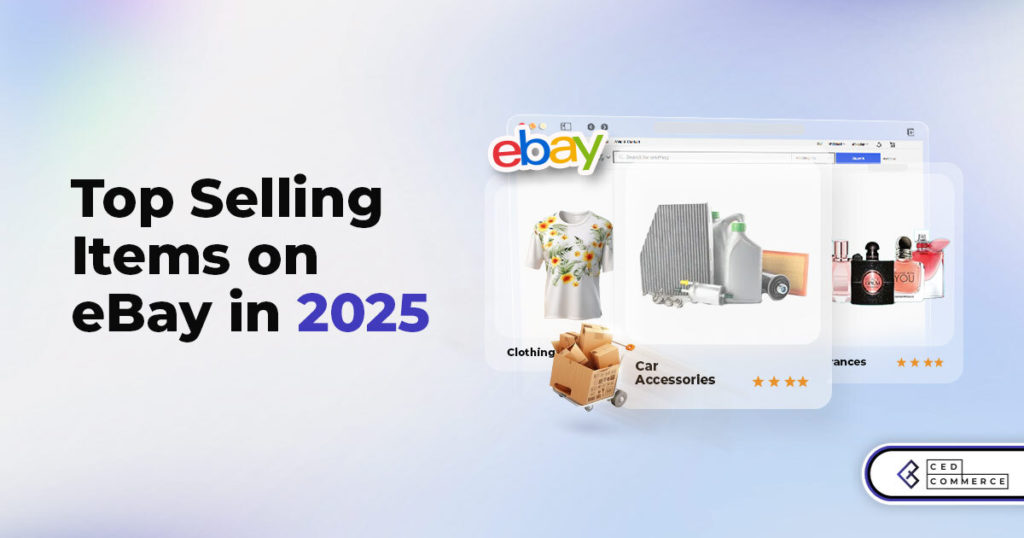
With over 17.6 million sellers on eBay marketplace, cracking the code behind the top selling

Amazon is doubling down on artificial intelligence, introducing the AI-powered ‘Interests’ feature that automatically finds

U.S. President Donald Trump has hinted that a TikTok deal is on track before the